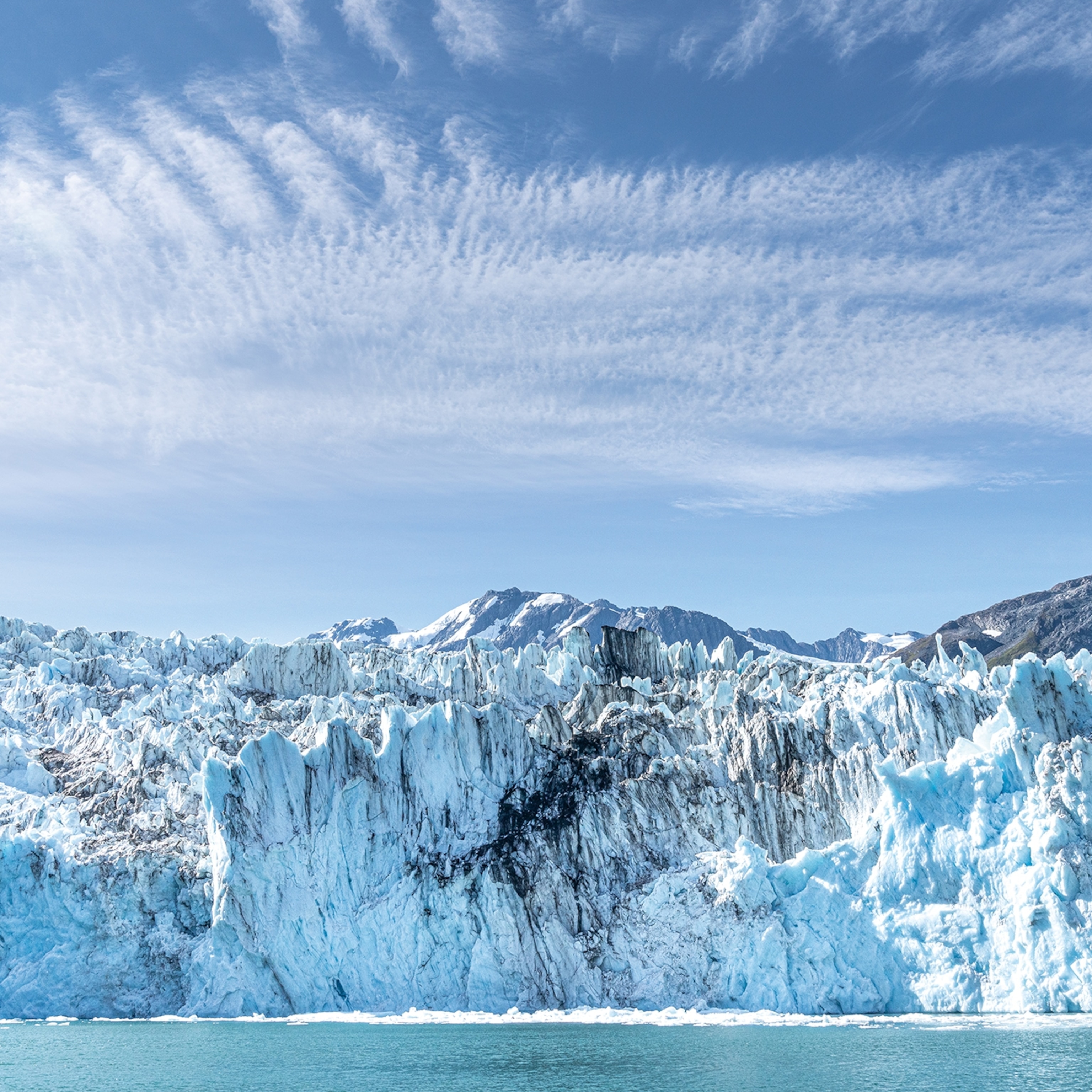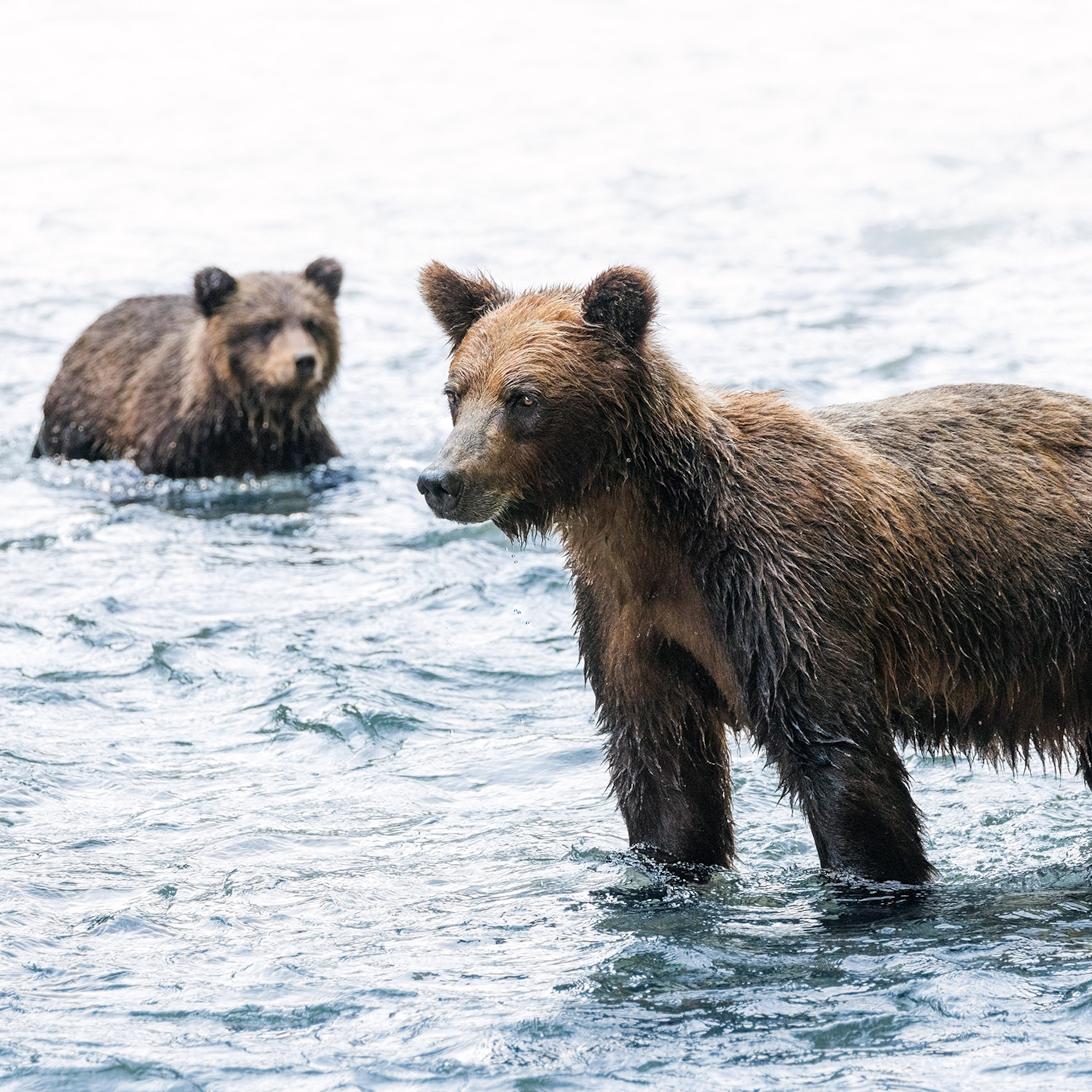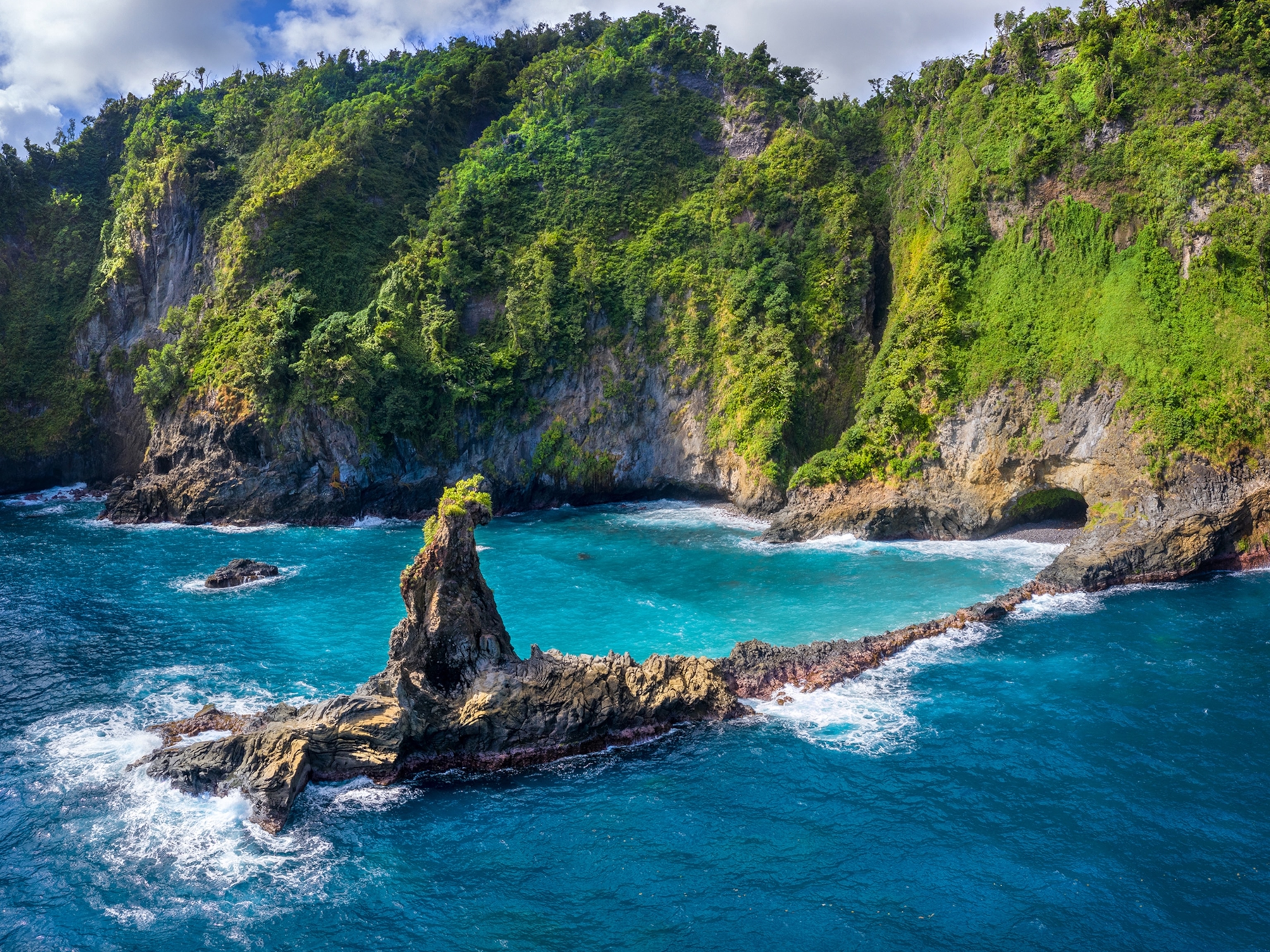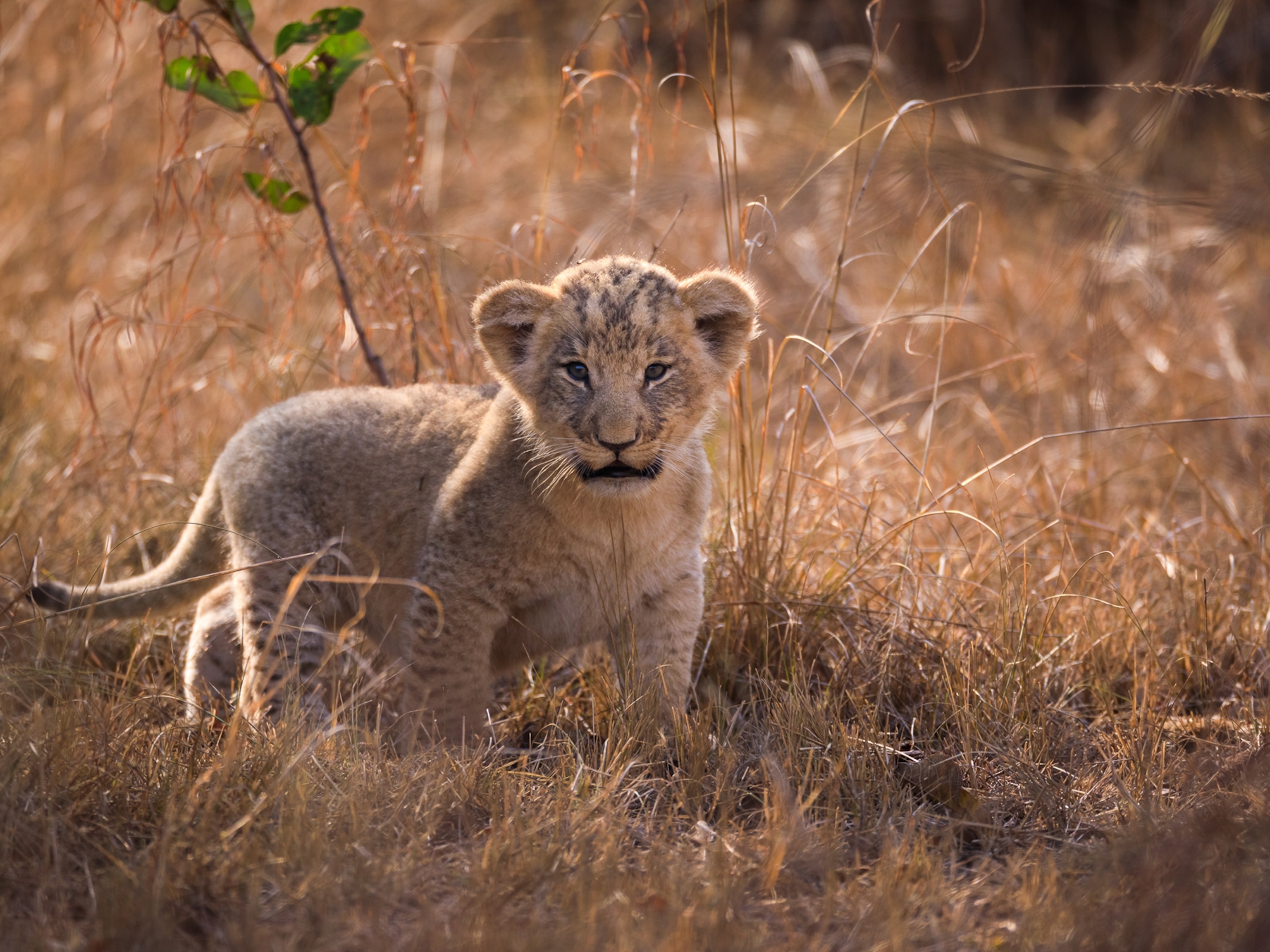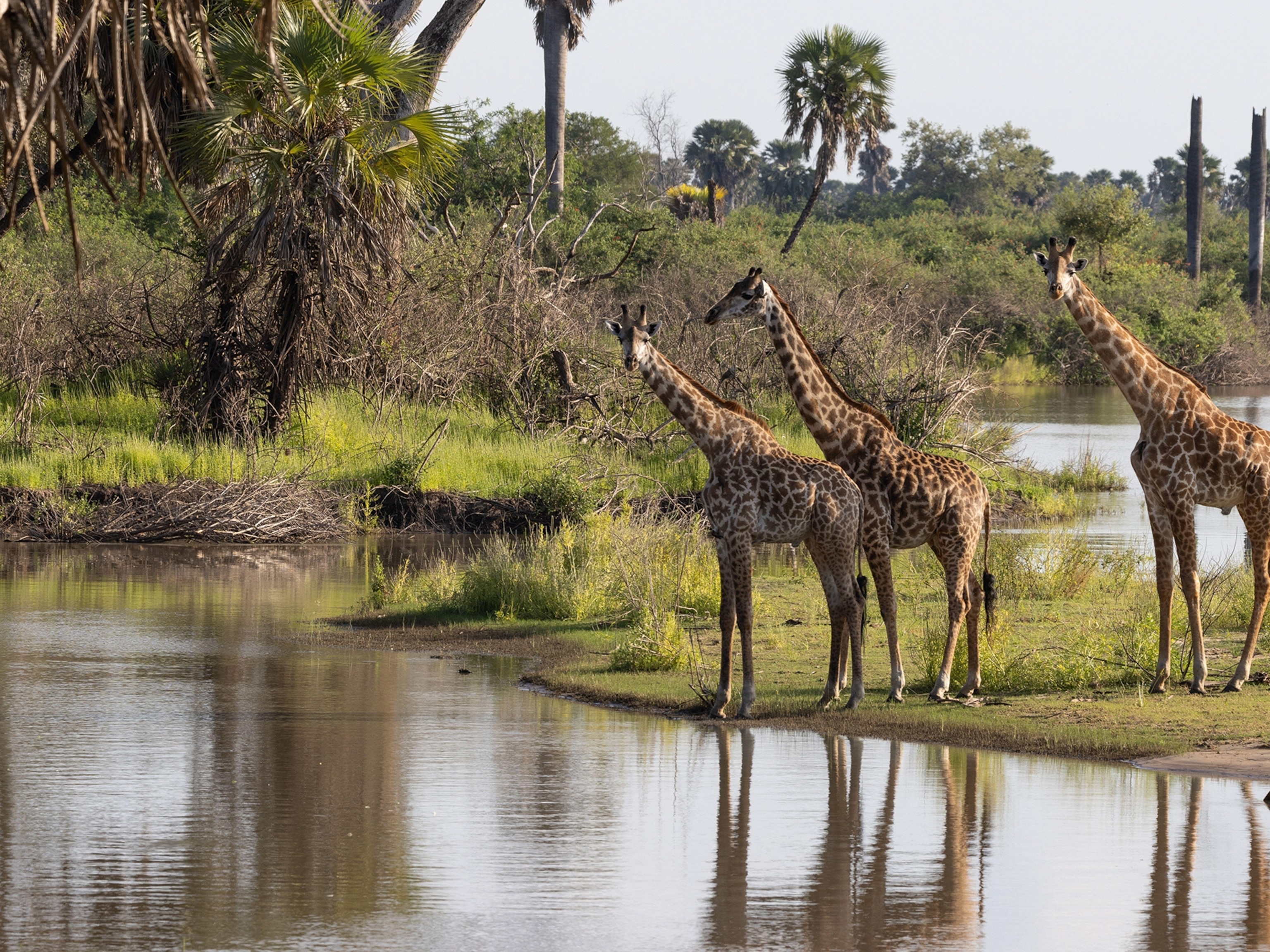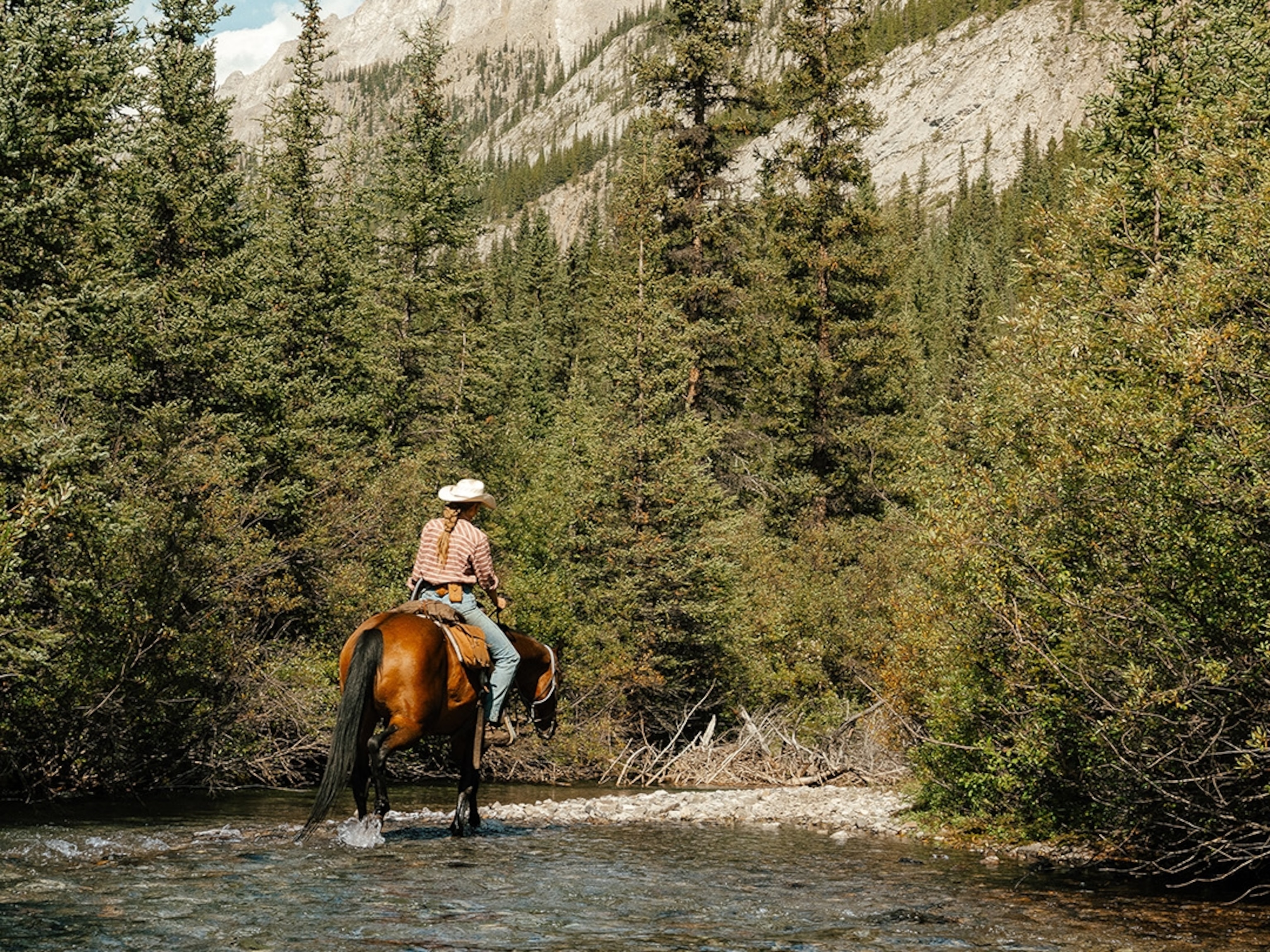The Pacific Northwest Trail is a wild wonder that takes hikers through one of America’s few inland temperate rainforests. For 1,200 miles, it winds along the Canadian border, through rugged mountains and gaping valleys in Montana, Idaho, and Washington, until it meets the Pacific Ocean.
Since it was designated in 2009, the PNT has flown under the radar, compared to other popular long-distance trails, such as the Pacific Crest Trail and the Appalachian Trail. But the roughly 70-mile section of the PNT that runs through Montana’s Yaak Valley is a sore spot, at a time when outdoor spaces across the country have become popular due to the pandemic.
(The pandemic brought record crowds to America’s national parks.)
Conservationists and the Kootenai people say that the PNT threatens endangered grizzlies and Native traditions in the area. But to a handful of locals, the trail provides their only source of income.
The growing tussle among these groups sheds light on a bigger issue in the realm of conservation. In one of the wildest, most remote places in the contiguous United States, locals grapple with what defines public use, and who gets to decide the fate of a forest.
Protecting grizzlies
The brainchild of trail builder Ron Strickland, the PNT almost didn’t come to be. A 1980 U.S. Forest Service report dubbed the trail unnecessary, too expensive, and too dangerous. It concluded that the PNT posed a threat to both grizzlies and caribou (now extinct there). But Strickland was undeterred. He disputed the report’s findings and lobbied for decades to make his youthful hiking dream a reality.
Now, in-the-know trekkers (only about 75 a year by some estimates) take in “the mountains, the saltwater, the snowy peaks, the adventure, and the excitement,” that Strickland lauded.
But conservationists worry that soon more adventure-seekers will discover the trail, as the pandemic pushes people to wide, open outdoor spaces. Last summer, New York Times columnist Nicholas Kristof wrote an op-ed about the trail and broadcast his trek to millions of his social media followers. An adventure documentary about the trail called “Thru” (backed by outdoor gear companies, slated for release this year) is poised to add even more buzz.
Conservationists say the extra attention sets up a potential clash between hikers and grizzlies. “The Yaak’s alpine meadows are too small for people and bears to share them at the same time,” says writer and Yaak Valley Forest Council advocate Rick Bass, who’s been fighting to protect the valley he’s extolled in several books.
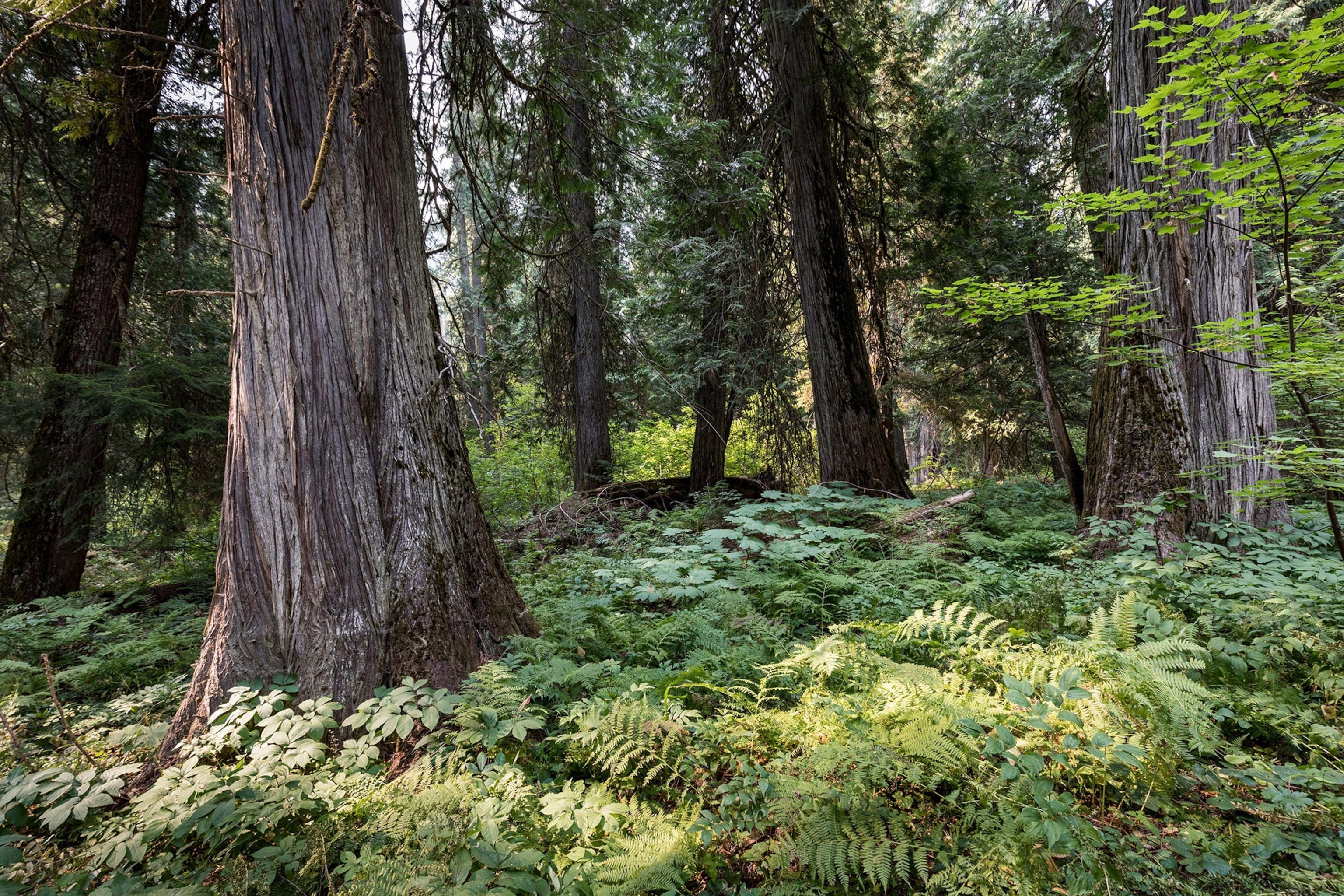
Grizzlies almost went extinct in the valley 40 years ago. In the years since, state and federal agencies have achieved a fragile recovery, bringing the bear population’s near single-digit numbers to about 60 in the broader region today. (Experts estimate roughly 30 travel the trail’s vicinity. The goal is to bring the total population in the valley to 100.)
(Bear safety rules are easy to learn. Why don’t people follow them?)
Area biologists have yet to document any cases of hiker-bear conflict on the PNT or a high volume of hikers pushing bears out of the region. But late last year, locals found the body of a female bear left in a driveway. Authorities suspect poachers, but the case is under investigation.
“I always start off this conversation by saying if it were up to me, I probably would not want to have a national trail going through grizzly bear habitat in the Yaak,” says the area’s program biologist, Wayne Kasworm. “The issue, though, is that’s not my choice. And since Congress has already designated that trail … the horse has already left the barn.”

Members of the Yaak Valley Forest Council hoped they could better manage foot traffic by suing the U.S. Forest Service over a years-overdue plan for the route as well as the formation of an advisory group of regional stakeholders. All of that fell apart and now, the plan is nine years overdue. Bass argues that it’s illegal to operate a trail without that backbone. Filed in 2019, the lawsuit is making its way through the courts.
“We want them to stop advertising the trail and its current location because no plan exists for it,” says Bass. “It’s out of compliance. It’s kind of like driving a car with an expired license.”
Moving the trail—not an easy proposition
Ultimately, the council wants the trail rerouted out of the Yaak so that it loops down south along the Kootenay River—a proposal that Idaho’s Kootenai Tribe supports.
Currently, the contested section of the trail bisects traditional Native huckleberry picking patches and areas of religious and cultural significance in the high alpine. Congress didn’t account for that history in the years leading up to the PNT’s designation.
“When Congress is designating things in a tribal territory where there are treaty religious and cultural rights, our position is that Congress should talk to tribes about it because it would resolve a lot of these issues,” says Billy Barquin, the tribe’s attorney.
(This naturalist is highlighting the Native American roots of America’s most revered outdoor spaces.)
The Pacific Northwest Trail Association, a nonprofit charged with maintaining and supporting the current route, doesn’t believe that moving the Yaak section—which they note is the most scenic path—is necessary. They don’t expect the number of hikers that trek through each year to balloon, mostly because of few trailheads in Glacier National Park and a short weather window when hikers can safely make their way through without snow.
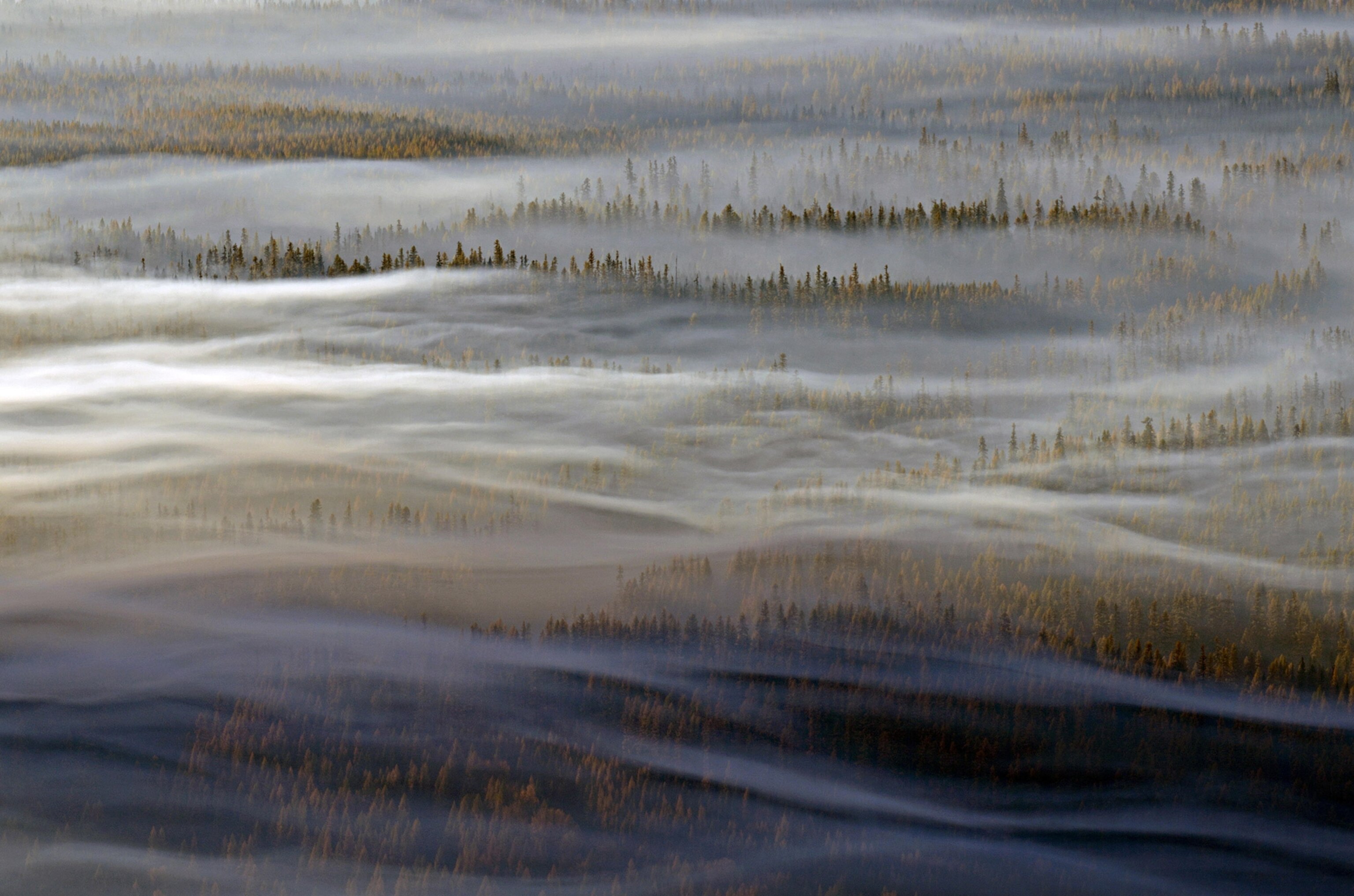
The association’s executive director, Jeff Kish, says that people have been hiking this trail prior to Congressional designation and that “there’s zero recorded conflicts between grizzly bears and users.”
“They’re trying to paint it as this win, win, win,” Kish adds, of proposed reroutes. “They say it would be better for hikers, it would be better for bears, it would be better for local economies. It’s lose, lose, lose.”
Moving the trail would take away income from businesses in small communities such as Yaak, say locals like Dallas Carr, the mayor of nearby Troy. The PNT skirts through the Kootenai National Forest, including the Yaak’s inland rainforest, covering an area almost three times larger than the state of Rhode Island.
At one time, the forest supported many jobs—well respected and well paid—until the late 1990s, when logging’s dominance in the region waned. For decades, the logging industry had been locked in a tug of war with conservation groups.
“I’ve seen people I’ve lived with, worked with, laughed with and cried with, move away because there’s no work,” says Carr. “Nobody stays.”
“We’ve already compromised,” adds County Commissioner Josh Letcher. “We gave up every mill in Lincoln County.”
‘Public with a capital “P”’
Martin Nie, a professor of natural resource policy and the director of the Bolle Center for People & Forests at the University of Montana, sees this case as a microcosm of the types of conflicts that will characterize public lands in the future.
An avid backpacker, Nie believes that “an unprecedented number of listed and imperiled species, combined with the loss and development occurring on non-federal lands, and increasing recreational uses, and [the] popularity of federal public lands means choices will have to be made.”
(Here’s how we can save America’s neglected trail system.)
“Here, hikers and recreationists are being asked to make the same sorts of sacrifices for bears and conservation that have been demanded of other multiple users of public lands, from the timber and ranching industries to motorized users,” Nie says. “We can spreadsheet the different impacts and ecological costs, but the core question remains: Are we willing to give up something in order to save something?”
In The Book of Yaak, Bass writes that the wild valley is a place to save, not a place to visit. He hopes his prose inspires political advocacy without drawing visitors. But can we protect trees and bears without experiencing them for ourselves?
Ardent public lands advocate and former Denali National Park & Preserve ranger Krisanne Rice hiked the PNT in 2017 and sees the conservation value in experiencing a landscape firsthand. “It’s public land … you don’t get it to yourselves,” she says. “Public with a capital ‘P.’”
For the time being, the stakeholders in the Yaak are at a standstill. Any major reroute requires another act of Congress. Even then, the advisory council’s guidance would be “trail-wide in nature and not expected to include advising on site-specific management issues, such as particular relocations,” says Stephen Baker, regional media officer for the USDA Forest Service.
For longtime hikers and residents like Randy Beacham, the controversy and discord are frustrating. “A few years ago, three quarters of the people in the Yaak didn’t even know there was a national trail here in the first place,” he says. “I wish there was a potential for compromise.”











